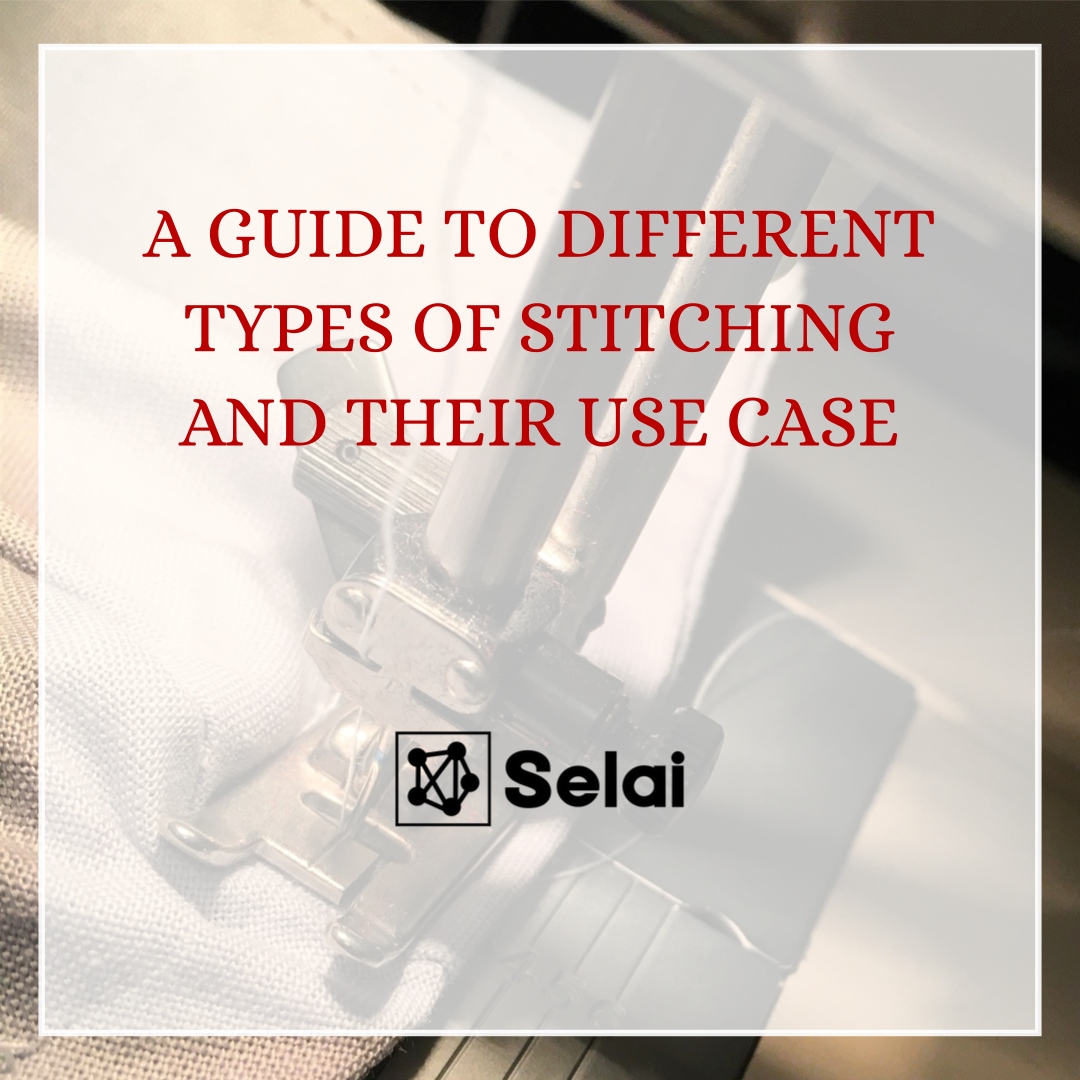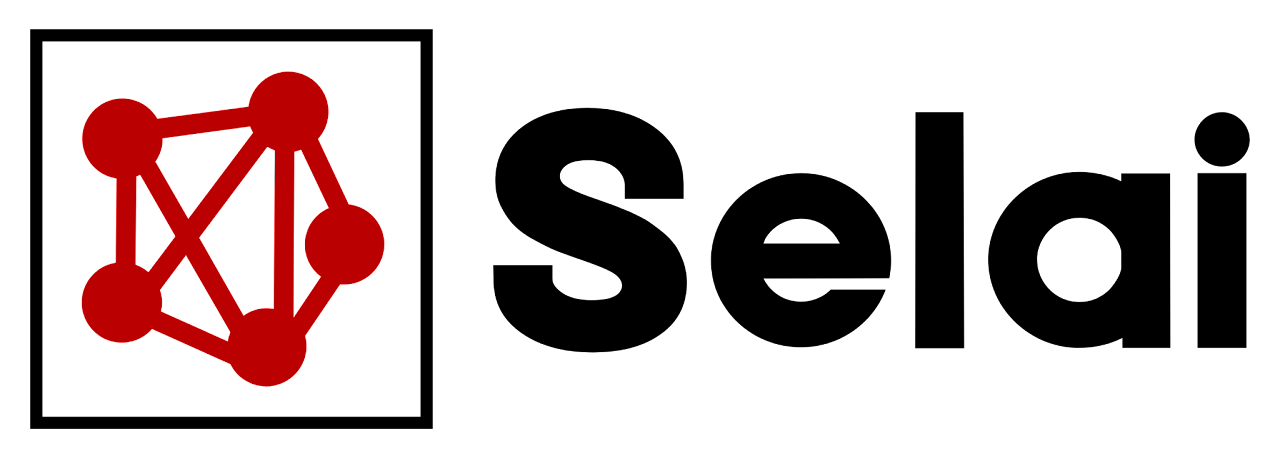
Stitching is an essential element of sewing, and there are numerous stitch types, each with its own purpose, appearance, and application. Here are some of the most commonly used stitch types in both hand and machine sewing:
Hand Stitches:
1. Running Stitch: This is one of the simplest and most basic stitches, where the needle goes in and out of the fabric at regular intervals.
2. Backstitch: Often used for seams that require strength, the backstitch involves taking a step back with every other stitch to create a continuous line.
3. Basting/Tacking Stitch: Large, loose stitches used to temporarily hold the fabric together before final stitching.
4. Slip Stitch (or Ladder Stitch): Used for finishing, this stitch is done by hand to create an invisible seam.
5. Blanket Stitch: A decorative stitch used on the edges of blankets or felt items. It creates a border that helps prevent fraying.
6. Catch Stitch: A type of hemming stitch that captures a small amount of fabric on each side, forming a zigzag pattern.
7. Cross-Stitch: A decorative stitch forming Xs on the fabric.
8. French Knot: A small knot used for decorative purposes, especially in embroidery.
Machine Stitches:
1. Straight Stitch: The most basic machine stitch, which is used for most general sewing needs.
2. Zigzag Stitch: A back-and-forth stitch used for finishing raw edges, sewing stretch fabrics, and decorative purposes.
3. Overlock (or Serger Stitch): Used to seam or finish raw edges, especially on knit or stretch fabrics. It wraps the thread around the edge of the fabric.
4. Buttonhole Stitch: As the name suggests, this stitch is specifically used for creating buttonholes.
5. Blind Hem Stitch: A stitch that allows you to create a hem that’s almost invisible from the front side of the garment.
6. Stretch Stitch: Used for sewing stretch fabrics without a serger. It looks like a straight stitch but is designed to stretch with the fabric.
7. Triple Straight Stitch: This is like the straight stitch but goes over the same line three times, making it stronger.
8. Satin Stitch: A dense zigzag stitch used for machine embroidery or appliqué.
9. Decorative Stitches: Many modern sewing machines come with a variety of decorative stitches for embellishing projects.
Specialty Stitches:
1. Saddle Stitch: Commonly used in leatherwork, where two needles are used simultaneously from either side to create a durable seam.
2. Whipstitch: Often used in crafting and for closing up gaps (like in stuffed toys), it wraps around the edge of the fabric.
3. Fell Stitch: Used for applying patches or appliqués. It’s a kind of flat seam stitch.
4. Chain Stitch: A looped stitch that resembles a chain. Can be done by hand, but there are also specific chain stitch machines.
This is not an exhaustive list, as there are countless variations and specialty stitches out there, especially in the realm of embroidery and decorative sewing. Different cultures and traditions have also contributed unique stitches to the world of sewing. The type of stitch used often depends on the specific needs of the project, such as durability, flexibility, or aesthetics.
